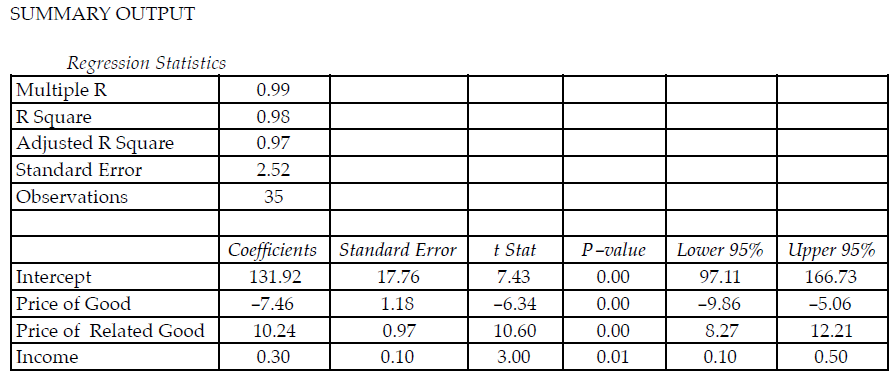Summarize the history of the game of cricket in the Trobriand Islands and describe two of the ways it has been adapted by the Trobrianders
What will be an ideal response?
Answer: The ideal answer will include:
1. Cricket was introduced to the Trobriand Islands by British colonialists in an attempt to substitute it for inter-tribal warfare.
2. The Trobrianders replaced white clothing with their regular dress.
3. They introduced opening songs for the teams that often had sexual overtones.
4. They changed scoring to ensure that the home team wins, and matches are held in conjunction with hospitality and feasts.
You might also like to view...
Forensic anthropologists are more interested in recording the hard attributes of findings than their contextual information
a. True b. False
The shape of the Neandertal basicranium has been used as evidence to support the conclusion that Neandertals were:
A. more intelligent than modern humans B. big game hunters C. unable to produce all of the sounds produced by modern humans D. stronger than modern humans
Refer to the table below. Which of the following statements is true?

The demand for your product demands on three factors; the price of your good, the price of a related good, and the average income of your customers. Excel estimated the above linear demand for your product.
A) Decreases in consumer incomes lead to increases in the quantity demanded for your good.
B) The Law of Demand holds for your good.
C) Increases in the price of the related good lead to a decrease in the quantity demanded of your good.
D) Your good is an inferior good.
What method(s) did Vernon Knight use to help reconstruct Moundville's social organization?
a. He analyzed exotic burial goods and reconstructed the trade routes people would have used to acquire the high status items. b. He analyzed the grave goods of commoners in order to ascertain what types of resources were available to them. c. He analyzed Moundville's layout and compared it to ethnographic data on Chickasaw kinship systems and residential patterns. d. He found ethnographic interviews in which the Chickasaw descendents of the Moundville culture described various aspects of their ancestors' social system. e. He used x-ray fluorescence (XRF) on the material remains.